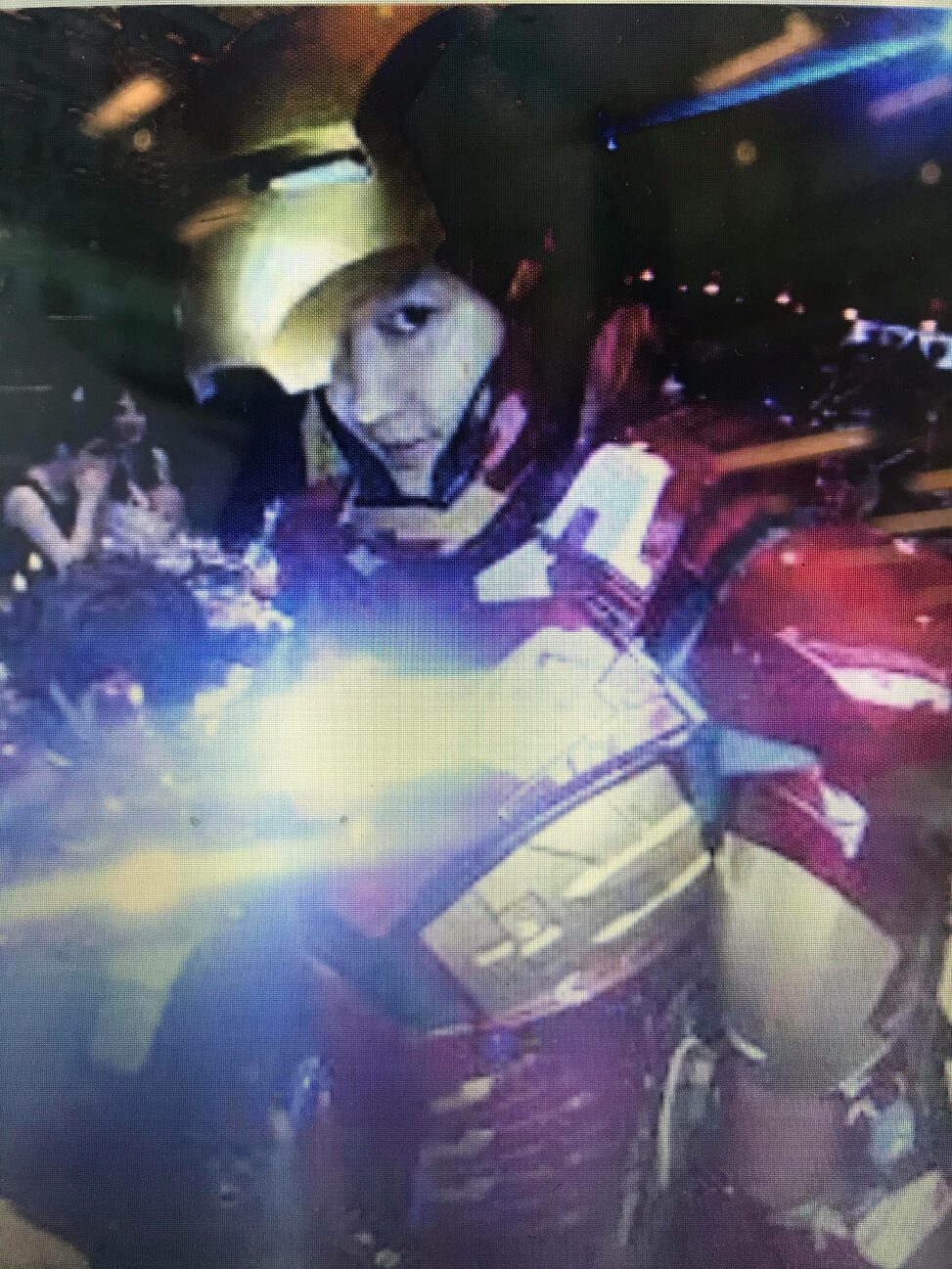Image Attribution: “Assignment 2-1500-2-2021” by pintrest is licensed under a different open license (pintrest). (See interactive map)
T00663481
Terryl Atkins
VISA-1500-2
The person wearing the iron-man suit is a renowned Korean pop artist Chanyeol Park. The photo was taken in the Halloween party hosted by his agency. Chanyeol is dressed as Iron-Man, a character produced by Marvel studios.
The costume was custom made for him as he is in a taller side. The costume was almost same as the real one that Robert D. Jr. (name of the actor who played as iron-man). It could flash light from it’s palm, was made of steel and he could move the part in front of his face. According to him, he has been always a fan of marvel movies but he was especially fond of iron-man so he went all out on that day for the suit.
Iron-man is well received around the whole world. Iron Man premiered in Sydney on April 14, 2008, and was released in the United States on May 2, as the first film in Phase One of the MCU. It grossed over $585 million, becoming the eighth-highest grossing film of 2008. The film received praise from critics, especially for Downey’s performance. It was selected by the American Film Institute as one of the ten best films of 2008 and received two nominations at the 81st Academy Awards for Best Sound Editing and Best Visual Effects. Two sequels have been released: Iron Man 2 (2010) and Iron Man 3 (2013).
Why do these assertions of super heroic identity, textually privileged yet seemingly redundant, invariably occur in postmillennial comic-book superhero films? This when considering that producers often cast little-known actors in these roles? Drawing upon the fields of celebrity studies and media industry studies, this chapter proposes a two-part answer to these interlinked questions. It first reads the star narratives of these often little-known actors as appropriately synergizing with the broadly Bildungsroman-style, zero-to-hero plots and narratives that these films are concerned with. Where becoming a superhero is presented as the best of all possible careers in the diegetic world of these films, becoming a movie star is similarly argued to be one’s highest calling within a postmodern society dominated by the spectacular rhetoric of images. Such a reading will support the second part of this chapter’s findings: that this combination of producer strategies is an updating of the oneiric climate which Umberto Eco has compellingly argued to be a structural necessity for texts which operate within the superhero meta genre. These combined strategies are read as treating the superhero as a postmodern star, asserting the primacy of the character — as opposed to the
actor — as the primary attraction for the present and future audiences of these franchises.
Myself being a fan of Iron-man I see many good things about this character. One of them is, it is a very intelligent and strong, who works for the human mankind by saving people from disasters and villains. And in my opinion, the costume is not sexualized as the person won’t be seen if anyone wears this costume unless they show their face.
Works cited:
https://en.wikipedia.org/wiki/Iron_Man_(2008_film)#External
KOH W. H. Wilson, University of Queensland ASSEMBLING NEW AVENGERS: THE SUCCESSFUL COMIC-BOOK
SUPERHERO FILM IN POSTMILLENNIAL HOLLYWOOD, coreac.uk, page-44
